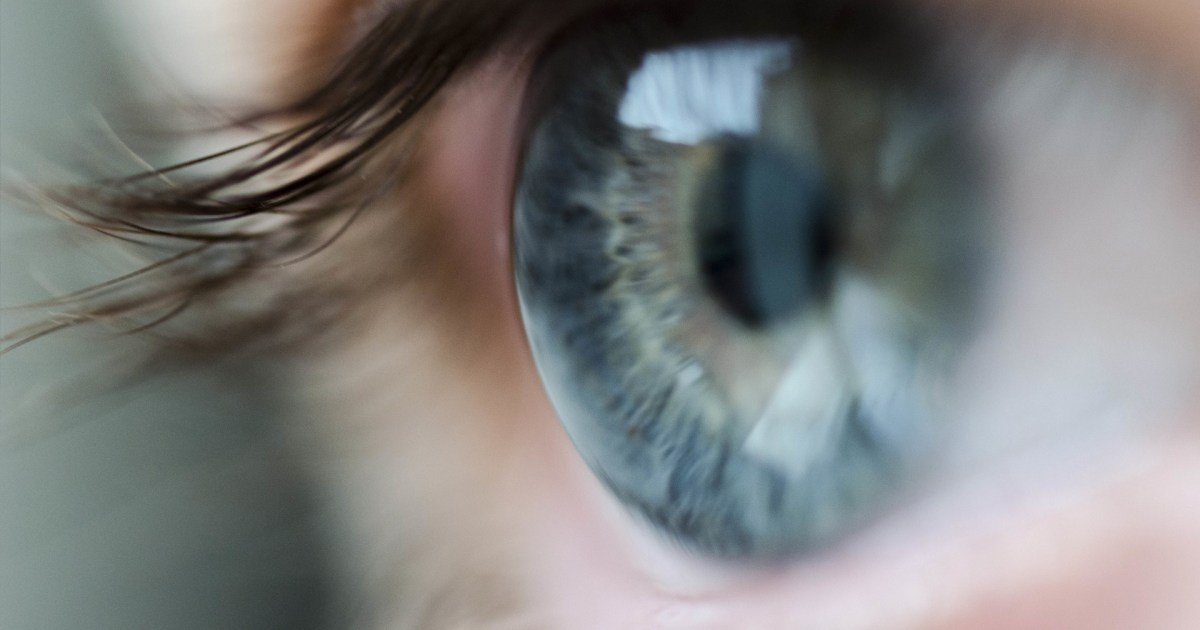British scientists have come to the conclusion that staring in a red light for three minutes a day helps to preserve eyesight, as short pulses of long-wave red light activate the cells of the retina.
For some people, staring at a red light for three minutes may become routine daily, such as washing teeth, in order to avoid visual impairment with age. A team of scientists led by Glen Jeffrey, a professor at the Institute of Ophthalmology at Kings College in London, came to this conclusion.
The researchers published the results of their study on June 29 in the scientific journals The Gerontology of Gerontology.
Two-week experience
24 people participating in the study participated in the study, between the ages of 28 and 72 years, who did not have prior visual problems. Scientists initially examined the sensitivity of the light receptors to the retina of the participants. These receptors consist of conical cells responsible for color vision, and the bacilli cells responsible for vision in the dark and peripheral vision, which is the vision of things outside the main center of vision.
In order to examine the conical cells, the participants received medications to broaden the pupil of the eye, then scientists asked them to try to recognize light signals of light in the dark. To examine the bacilli cells of the participants, they had to recognize obscure, dark colored letters.
After these tests, the participants received small headlamps, and they had to look at the red light of these headlamps for three minutes every day for two weeks, after which they would repeat these tests again.
Positive results for the elderly
The experiment was a success for those over the age of forty years, as the function of cone cells improved by one fifth, while there was no noticeable change in young adults.
It is striking that the ability to recognize blue color improves, and it is in the spectrum of colors that it is difficult to see clearly with age. The experiment also resulted in a significant improvement in the ability of bacilli cells of the participants.
What happens to the eye with age?
With age, our eyesight is diminishing, and Glenn Jeffrey says this "especially applies to those over the age of 40. With time, the retina and the ability to see colors clearly are weakening." The reason for this is because the retinal cells are aging, due to the weakness of the so-called "mitochondria" in these cells.
Mitochondria are the energy generator for cells, and this energy is in the form of "ATP" molecules - an abbreviation of Adenosine triphosphate, which represents the fuel needed for vital processes in cells.
Retinal cells have the highest levels of mitochondria, and they are also the most energy users. Therefore, the effects of aging on the eyes appear before other body functions. Over time, ATP energy production decreases by 70%, which causes the retina to weaken and thus the eyesight is significantly reduced at age.
How does the red light help?
Jeffrey explains how to use red light to improve eyesight, saying, "The mitochondria absorb light in the wavelength range of 650 to 1,000 nanometers, and this improves the performance of the eyes and increases energy production in retinal cells." Previous experiments on mice, fruit flies and hummingbirds showed a significant improvement in their light receptors when exposed to red light in the wavelength range of 670 nanometers, which was also used in human experiments.
Glen Jeffrey likened treatment with red light to charge a battery, "It is possible to improve vision greatly in the elderly by exposing them to short pulses of long-wave light, which charges the cells of the retina with the energy that they lack," according to the doctor.

